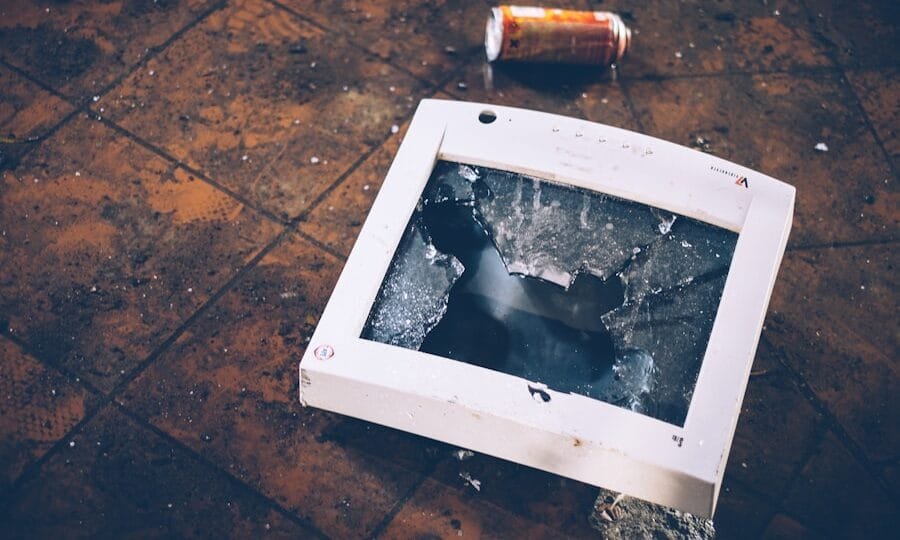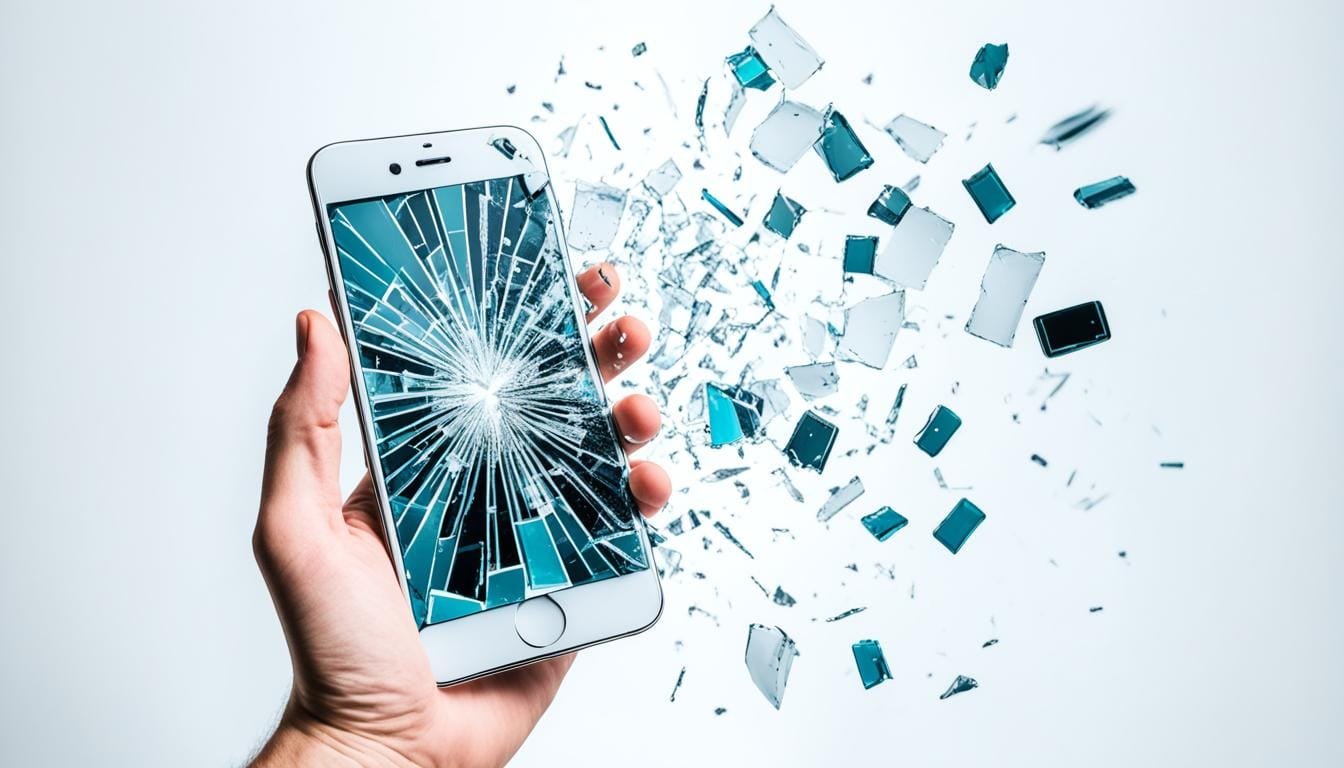Annerley Phone Repair: Tips and Tricks for DIY Fixes
December 28, 2024 | by search.wizards.info@gmail.com

Phone repair can be a daunting task for many people, but with the right knowledge and tools, it is possible to fix common issues on your own. Understanding the basics of phone repair is essential before attempting any DIY repairs. One of the most important things to know is the anatomy of your phone. This includes knowing where the battery, motherboard, screen, and other components are located. It is also important to understand how these components work together to make your phone function properly.
Another important aspect of phone repair is knowing how to troubleshoot common issues. This includes being able to identify the root cause of problems such as a cracked screen, battery drainage, or charging issues. Once you have a good understanding of the basics of phone repair, you can then move on to learning about the essential tools needed for DIY phone repairs.
Essential Tools for DIY Phone Repairs
Having the right tools is crucial for successfully repairing your phone. Some essential tools for DIY phone repairs include a set of precision screwdrivers, a spudger tool, a suction cup, tweezers, and a heat gun or hairdryer. These tools are necessary for disassembling your phone and accessing the internal components without causing damage. Additionally, having a magnifying glass and a good light source can be helpful for seeing small components and details more clearly.
It is also important to have the right materials on hand, such as replacement parts and adhesive. This includes a replacement screen, battery, and any other components that may need to be replaced. Adhesive is necessary for reattaching components and ensuring they stay in place once the repair is complete. With the right tools and materials, you can confidently tackle common phone issues and make necessary repairs on your own.
Common Phone Issues and How to Fix Them
There are several common phone issues that can be fixed with DIY repairs. One of the most common issues is a cracked or shattered screen. This can be fixed by replacing the screen with a new one. Another common issue is battery drainage, which can often be resolved by replacing the battery with a new one. Charging problems can also be fixed by replacing the charging port or cable.
Other common issues include water damage, speaker or microphone problems, and software glitches. Water damage can sometimes be fixed by drying out the phone and replacing any damaged components. Speaker and microphone problems can often be resolved by cleaning or replacing the affected components. Software glitches can usually be fixed by performing a factory reset or updating the phone’s software. By understanding these common issues and how to fix them, you can save time and money by avoiding professional repairs.
Step-by-Step Guide to DIY Screen Replacement
One of the most common phone repairs is screen replacement. If your phone’s screen is cracked or shattered, you can save money by replacing it yourself. Here is a step-by-step guide to DIY screen replacement:
1. Gather your tools and materials: Before starting the repair, make sure you have all the necessary tools and materials on hand, including a replacement screen, precision screwdrivers, a spudger tool, a suction cup, tweezers, adhesive, and a heat gun or hairdryer.
2. Power off your phone: Before beginning the repair, power off your phone to avoid any potential damage.
3. Remove the back cover: If your phone has a removable back cover, carefully remove it to access the internal components.
4. Disassemble the phone: Use your precision screwdrivers and spudger tool to carefully disassemble the phone and remove the broken screen.
5. Install the new screen: Carefully install the new screen and reassemble the phone using adhesive to secure the components in place.
6. Test the screen: Once the repair is complete, power on your phone and test the new screen to ensure it is functioning properly.
By following this step-by-step guide, you can successfully replace your phone’s screen and restore its functionality without having to seek professional help.
Troubleshooting Battery and Charging Problems
Battery drainage and charging problems are common issues that many phone users encounter. If you are experiencing these issues, there are several troubleshooting steps you can take before seeking professional help. One common cause of battery drainage is background apps running unnecessarily. To troubleshoot this issue, you can check your phone’s settings to see which apps are using the most battery and close any unnecessary apps.
Charging problems can often be resolved by checking the charging port for debris or damage. If the port is dirty, you can carefully clean it with a small brush or compressed air. If there is visible damage to the port, it may need to be replaced. Additionally, using a different charging cable or adapter can help determine if the issue is with the cable or adapter rather than the phone itself.
If troubleshooting these issues does not resolve the problem, it may be necessary to replace the battery or charging port. By understanding how to troubleshoot battery and charging problems, you can potentially save money by avoiding unnecessary repairs or replacements.
Tips for Safely Disassembling and Reassembling Your Phone
Disassembling and reassembling your phone can be intimidating, but with the right knowledge and precautions, it is possible to do so safely. One important tip for safely disassembling your phone is to power it off before beginning any repairs. This helps prevent any potential damage to internal components while they are being accessed.
Another important tip is to use caution when handling small components and delicate parts. Using precision screwdrivers and a spudger tool can help prevent damage to these components while disassembling and reassembling your phone. Additionally, using a magnetic mat or tray can help keep track of small screws and prevent them from getting lost during the repair process.
It is also important to take your time and be patient when disassembling and reassembling your phone. Rushing through the process can lead to mistakes or damage that could have been avoided with careful attention to detail. By following these tips for safely disassembling and reassembling your phone, you can confidently tackle DIY repairs without causing further damage.
When to Seek Professional Help for Phone Repairs
While many common phone issues can be fixed with DIY repairs, there are some situations where it is best to seek professional help. If you are not confident in your ability to make necessary repairs or if you encounter unexpected complications during the repair process, it may be best to seek professional assistance.
Additionally, if your phone is still under warranty, attempting DIY repairs could void the warranty and result in additional costs for professional repairs. In this case, it is best to consult with the manufacturer or an authorized repair center before attempting any repairs on your own.
If you encounter issues that are beyond your knowledge or expertise, it is best to seek professional help rather than risk causing further damage to your phone. Professional technicians have the knowledge and experience to diagnose and fix complex issues that may be difficult for DIY repairs.
In conclusion, understanding the basics of phone repair, having essential tools on hand, knowing how to troubleshoot common issues, and following step-by-step guides for specific repairs can empower you to confidently tackle DIY phone repairs. However, it is important to know when it is best to seek professional help in order to avoid further damage or voiding warranties. With the right knowledge and precautions, you can save time and money by successfully repairing common phone issues on your own.
RELATED POSTS
View all



 Choose repair by clicking (book now)
Choose repair by clicking (book now)